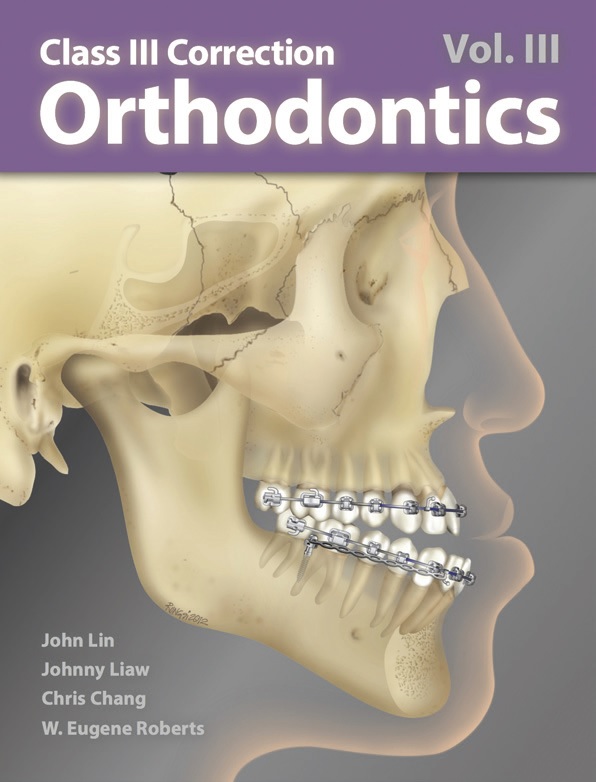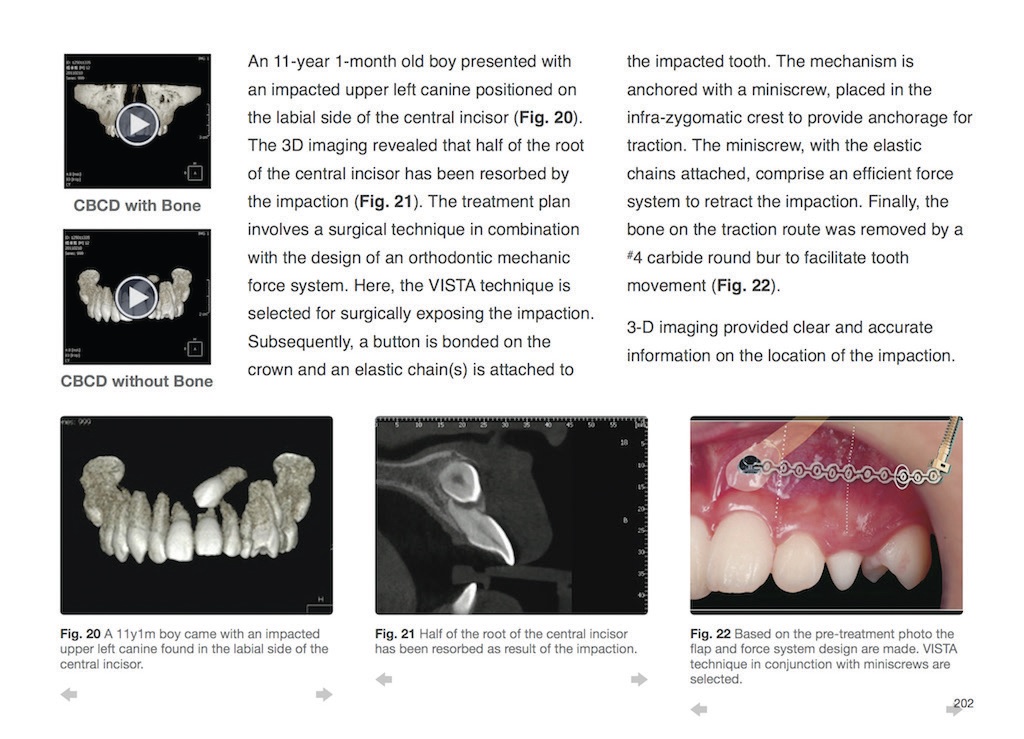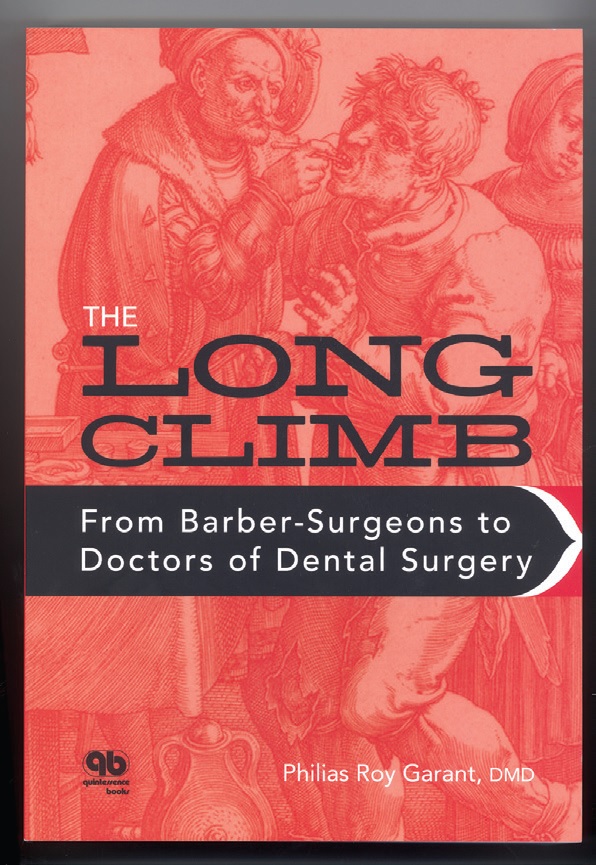The World Health Organization (WHO) recently issued a statement about a new disease that appears particularly virulent, reminiscent of the deadly severe acute respiratory syndrome (SARS) epidemic that originated in China in 2002-2003. This U.N. agency put out a global alert noting that the new virus had infected a 49-year-old Qatari man who had recently traveled to Saudi Arabia, where another man with an almost identical virus had died. The Qatari remained critically ill in a British hospital, according to the WHO's latest information. Although the WHO has been quick to point out that this virus is not the SARS virus, everyone else in the global health community is referring to it as "SARS-like" because it belongs to the coronavirus family, just as SARS and the common cold do.
That SARS outbreak of 2002-2003 inspired me to write an Editor's Corner devoted to infection control in orthodontic practice. "Universal precautions" had been around for a while, following the global outbreak of AIDS; at the time, I advised that all of us should exercise due diligence in our office infection-control procedures. With the outbreak of this new, severe coronavirus, the need for those precautions is reemphasized.
Similar articles from the archive:
I realize that I am preaching to the choir today, but it wasn¢t all that long ago that sterilization procedures in the orthodontic office were far less rigid than they are now. In my graduate orthodontic training, our department practiced "cold sterilization", which meant that we usually scrubbed our instruments by hand, then soaked them in a cold glutaraldehyde solution for 10 minutes before rinsing and reuse. When patient flow was particularly heavy and we didn't have time for that protocol, we just wiped the instruments off with Biocide or rubbing alcohol, rinsed them with tap water, and went about our business. In 1987, JCO Associate Editor Peter Sinclair conducted a Readers' Corner survey on this question: "What procedures do you use for sterilizing instruments, surfaces, appliances, etc., in your office?" Quoting from Dr. Sinclair's column: "There was a wide variety of responses, but the most widely used procedures were cold disinfection and alcohol swabs. Heat or chemical sterilization was mentioned only occasionally. Glutaraldehyde-based disinfecting solutions were used by many offices. In some cases all instruments were placed in the solution--usually for about 10 minutes--and in other offices pliers were excluded. Hinged instruments such as pliers and hemostats were frequently wiped with 70% alcohol swabs and occasionally also placed in a glass bead sterilizer for 10 seconds. Many respondents said they used alcohol swabs for wiping off surfaces, but some reported using a variety of disinfectants. Bands were generally either wiped with alcohol or placed in a cold disinfecting solution."
My, how things have changed. Practically all of us are now using sterilization protocols that would meet the requirements set by most hospitals. In my multispecialty group practice, except for a pre-sterilization paraffin-based milk dip, orthodontic instruments are treated no differently from all other dental or surgical instruments. The orthodontists all follow the same infection-control protocols as are followed by every other specialist. Nationwide, the current standard of care in orthodontic infection control is quite high--as well it should be. Like every other orthodontist of my acquaintance, I care about my patients¢ well being just as I care about that of my own family. I know I would be emotionally devastated if I ever learned that one of my patients had acquired a communicable disease due to some failure on my part or a lack of proper infection control in my practice.
The challenge in any office is to stay abreast of best practices in all areas of our professional lives, and that includes infection-control policies and procedures. In this issue of JCO, we hope to help our readers do just that with a thorough overview of instrument-sterilization procedures by Peter Sildve, Director of Dentronix, Inc., of Cuyahoga Falls, Ohio. When our former Contributing Editor, Dr. Robert Scholz, alerted me to Mr. Sildve's material, he noted that most orthodontists are unaware of the relationship between the instruments they buy and the type of sterilization they need. A screw- or rivet-coupled plier is less expensive to manufacture, he said, but is also more susceptible to joint corrosion in autoclave sterilization. As Mr. Sildve points out, dry heat may be a better choice for such instruments. As he also notes, however, California recently mandated that all dental instruments--including orthodontic instruments--be bagged prior to sterilization. Whether the old adage that "as goes California, so goes the nation" proves to be true or not, mandated bagging of instruments prior to sterilization poses some new and difficult challenges to a busy practice. In this situation, steam autoclaving is practically the only option. But as Mr. Sildve observes, unless deliberate steps are taken to prevent deterioration of cutting instruments and rusting of hinged instruments, their life span will be significantly reduced.
Regulation of office sterilization procedures remains the purview of state dental boards, which have adopted slightly different standards around the country. Most, however, are based on guidelines established by the Centers for Disease Control and Prevention. Mr. Sildve's article reviews both these guidelines and contemporary methods for compliance. Considering the outbreak of a deadly new coronavirus, I believe this overview is quite timely.
RGK




